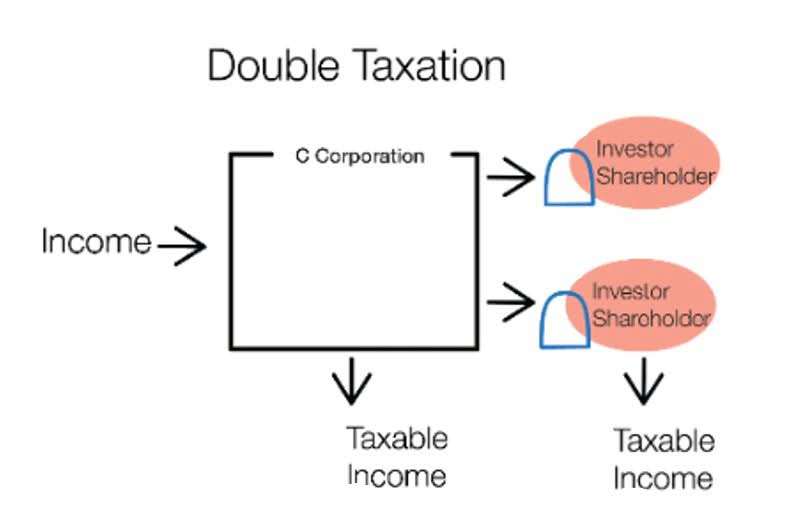Assign unique codes to each item; these codes can include the Global Product Barcode (GTIN) code if using the GS1 standard or the RFID code if using the EGS standard. Do not forget that these codes must be unique to each item and help identify the product accurately. Also, with the use of these standards, companies can improve inventory management, achieve accurate product tracking, and improve supply and distribution processes.
- In fact, according to a recent survey by the Institute of Finance and Management (IOFM), efficient invoice coding can reduce error rates by up to 40%.
- Invoice coding involves assigning a unique set of codes to each line item on the invoice.
- The first part of the Accounts Payable (AP) process is receiving an invoice.
- Assign unique codes to each item; these codes can include the Global Product Barcode (GTIN) code if using the GS1 standard or the RFID code if using the EGS standard.
- You’ve got to find the right software, convince finance to invest, train your team, and integrate the system.
- These solutions digitally capture the data from paper and electronic invoices and put them through a custom-designed workflow that speeds up the entire approval process.
Choose the right software:
ElevateAP allows AP Specialists to choose from several different options to setup Non-PO Automation, or “Assign a Code”. These are what Ascend calls Document Rules, which allows each AP department to create rules that automate the process of moving an invoice to the correct worktag accounting to get approved in Workday Financial Management. Non-PO coding involves assigning a unique code or identifier to each expense, which is then used to allocate the expense to the appropriate general ledger account.
How To Process an Invoice for Payment
- Some invoices are straightforward – a single item, a single code, and you’re done.
- Also, time is wasted on resolving such issues which affects overall productivity.
- In others, Accounts Payable handles the coding, but only after reaching out to the person who initiated the transaction.
- For example, an invoice from a vendor might include charges for consulting services, software licenses, and office supplies, all of which need to be coded to different GL accounts and cost centers.
- In this case, you can offer certain rewards or early payment discounts when the customer sends the payment within a specified period.
His vision is to deliver top-tier financial solutions globally, ensuring efficient financial management for all business owners. An invoice-filling system is useful for keeping track of all paid invoices. It covers the details like payment date & time, payment method, and total amount. Automating all bill payments is one of the most reliable ways to ensure that Accounting for Churches businesses never miss an invoice payment. You can easily schedule recurring bill payments with automation in billing. Embrace technology and explore the benefits of automation to help your AP department become more efficient, accurate, and effective in managing your company’s invoice payments.
What is a workflow in accounts payable?
That’s what compels firms to follow a streamlined billing process and share invoices with clients on time in a systematic way. The primary benefit of automating Non-PO invoice coding is time savings. Automation of the process significantly reduces the amount of manual data entry, allowing AP teams to focus on more value-adding tasks.
And, without a reliable invoice coding process in place, it may seem like your team can barely tread water to stay afloat of all the paperwork and manual review. The system intelligently assigns appropriate GL account codes to expenses and flawlessly maps them to General Ledger codes based on predefined rules within your accounting system. This meticulous coding ensures precise categorization for accurate financial reporting. Invoice coding in accounts payable (AP) is a systematic method of assigning unique codes or identifiers to invoices. Just as different items have specific categories on store shelves, each expense in your financial records has its designated code, forming a comprehensive coding system.
Challenges faced by the accounts payable department
This allows you to automatically compare invoice data against your purchase orders and receiving documents. You can create conditional blocks to flag invoices invoice coding for review if there are discrepancies in quantities, prices, or totals. Nanonets, you can create custom fields for each piece of information you need to extract, like ‘GL Code’ or ‘Cost Center’. Then, train the model by uploading sample invoices and manually labeling these fields. Once you’ve labeled enough samples, the AI will learn to recognize and extract these fields automatically. You can also set up rules to assign GL codes based on specific criteria, such as vendor name or item description.
Learn More About Automation and Accounts Payable Invoice Processing
It is another standard used in item coding; this standard is managed by EPCglobal and is an evolution of the GS1 standard. EGS uses RFID (Radio Frequency Identification) technology, which includes small chips in products that carry unique identifying information. Now that you know who is doing what, you have to understand how long it takes each team member to complete their tasks.






